What is radiofrequency ablation of the thyroid?
Radiofrequency ablation of the thyroid gland is a new method to help burn tumor tissue in the thyroid gland. Radiofrequency ablation of the thyroid gland is a minimally invasive treatment method performed by diagnostic imaging specialists (sonographers), used to replace the traditional open thyroid surgery method which has many complications.
Technical principle of radiofrequency ablation of thyroid nodules.
Treatment of benign thyroid tumors by ultrasound-guided radiofrequency ablation is a method of destroying tumors locally with heat. The operating principle is based on the use of alternating current with a frequency of 300 - 500 MHz released from a radiofrequency ablation machine connected to an electrode needle to create an electric current into the tumor.
After radiofrequency ablation, tumor tissue cells are coagulated or die due to high temperature and the damaged area after ablation still exists in the thyroid gland.
However, this damaged area will gradually shrink in size and volume over time thanks to the activity of white blood cells and macrophages - the cleaning army - of the immune system.
Indications and contraindications for subjects performing radiofrequency ablation of tumors
ASSIGN
For benign thyroid tumors:
* Tumors with symptoms: Neck pain, difficulty swallowing, feeling of a mass in the neck, discomfort and cough
* Forms a bulging mass in the neck area, affecting aesthetics.
* The tumor compresses and pushes surrounding structures (trachea, esophagus,...).
* Hot thyroid nodules cause clinical hyperthyroidism.
* Mixed mass (including fluid and solid parts) recurred after treatment with absolute alcohol.
For malignant thyroid tumors:
* Papillary thyroid carcinoma microneedles ≤ 10mm in size
* Malignant thyroid tumors that cannot be operated on such as the elderly, people with internal diseases
Local recurrence or cervical lymph node metastasis after failed surgery
RELATIVE CONTRAINDICATIONS
* Pregnant women
* Patient with contralateral vocal cord paralysis
Notes when burning thyroid tumors with high frequency waves
Thyroid RFA is considered to be highly effective in treating thyroid nodules. However, you should note the following points:
After thyroid RFA treatment, the doctor may prescribe a follow-up visit every 1, 3, 6 months or 12 months depending on each case.
This is a method that helps to gradually reduce the volume of the tumor. Unlike surgery, burning thyroid tumors with high frequency waves will limit many accidents and complications and ensure aesthetics, without leaving ugly scars in the neck area.
Currently, radiofrequency ablation of the thyroid is indicated for benign thyroid nodules. For early-stage papillary thyroid cancer, radiofrequency ablation (RFA) has shown high safety and effectiveness, promising to be a new solution in the treatment of thyroid tumors.
Advantages and disadvantages of radiofrequency ablation of thyroid nodules
Radiofrequency ablation of thyroid nodules leaves no scars at the surgical site because it is non-invasive, non-incisional,

Advantage
The advantages of high frequency radio wave burning technique can be mentioned as:
* The burning area is localized to the thyroid nodule, thus preserving healthy thyroid parenchyma, thereby maximally preserving thyroid function for the patient.
* This treatment does not cause hypothyroidism so there is no need to use hormone replacement medication after the procedure.
* This technique does not require anesthesia, only local anesthesia around the thyroid gland is required, recovery time is quick, minimizing risks and complications due to anesthesia compared to surgery.
* The patient is awake and able to communicate with the doctor during the procedure.
* No scar left on the neck area due to minimally invasive intervention through a very small needle puncture instead of an open incision in the neck area if surgery is performed.
* Complication rate (hoarseness, loss of voice, hypoparathyroidism, bleeding - hematoma) is lower than surgery.
* High treatment efficiency (tumors after radiofrequency ablation treatment after 1 year on average reduced >90% in volume and continued to decrease in the following years).
Disadvantages
Besides the advantages, this technique also has some disadvantages because this is a new, advanced technique that is not yet popular, so not all medical facilities can perform it.
How much does RFA thyroid ablation cost?
As we know, RFA is a new method, using modern technology and equipment, so the cost, if calculated separately, will be more expensive than conventional surgery.
However, if you consider the overall problem, when having surgery, you will have to calculate additional costs such as: hospital stay lasting from 7 to 10 days, living expenses, loss of work, and need for recovery time.
Therefore, Radiofrequency Ablation is still considered a method with reasonable price, high efficiency, and safe aesthetics.
The current price of high frequency radio wave ablation is not fixed but also depends on many factors such as: number of tumors, tumor size, on the other hand, the price of each hospital is also different, in general, the price ranges from 20 to 30 million/ 1 treatment.
Which hospital should you go to for thyroid tumor removal treatment?

Photo: Dr. Nguyen Duc Tinh performs the procedure at Military Hospital 175
Currently, Military Hospital 175 , with a team of experienced doctors, is equipped with modern equipment for accurate and safe diagnosis and treatment results.
The Department of Diagnostic Imaging at Military Hospital 175 has a team of radiologists who are well-trained in both ultrasound and radiofrequency tumor ablation. For consultation, medical examination and treatment support, you can contact the following information:
* Doctor CK1 Nguyen Duc Tinh
*Address: Interventional Imaging Clinic, Military Hospital 175, 786 Nguyen Kiem, Ward 3, Go Vap District, Ho Chi Minh City
*Phone number: Dr. Nguyen Duc Tinh 0976958582
* Email: BStinh175@gmail.com
AT
Source





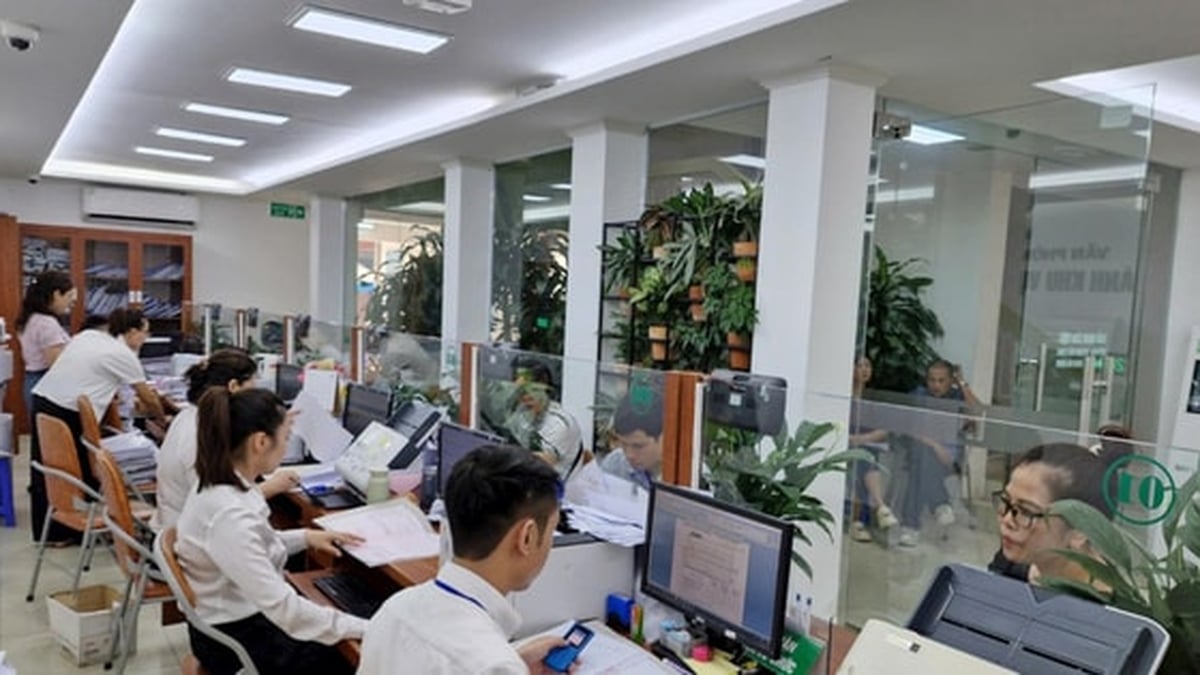



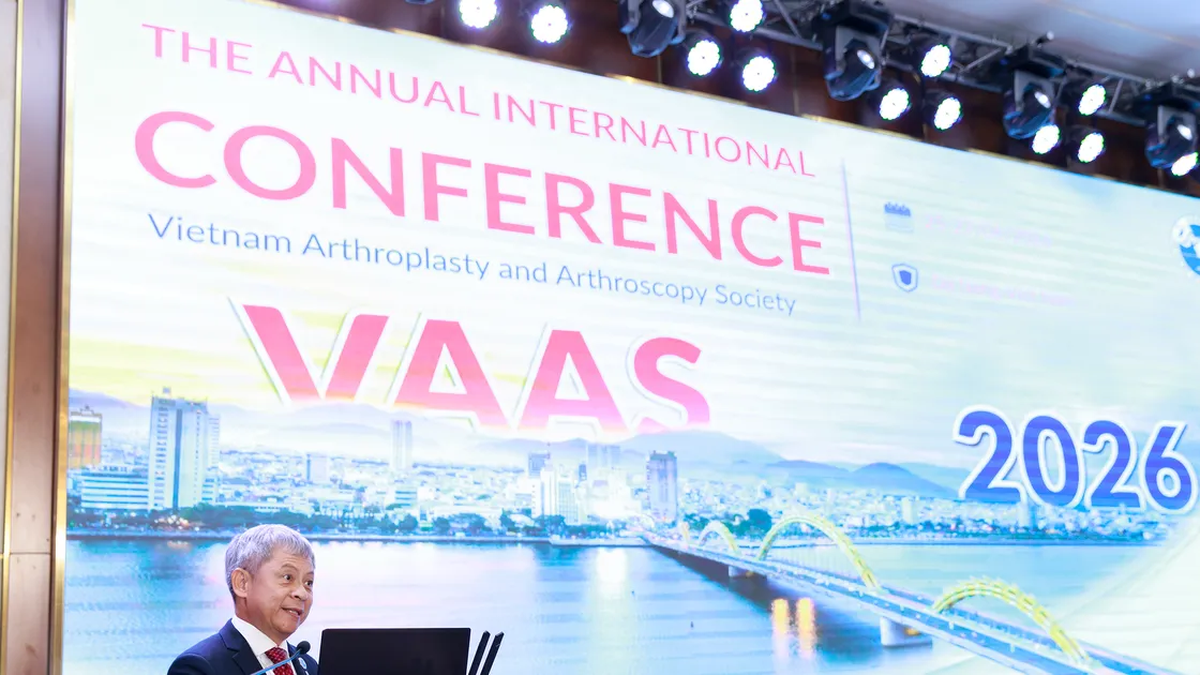

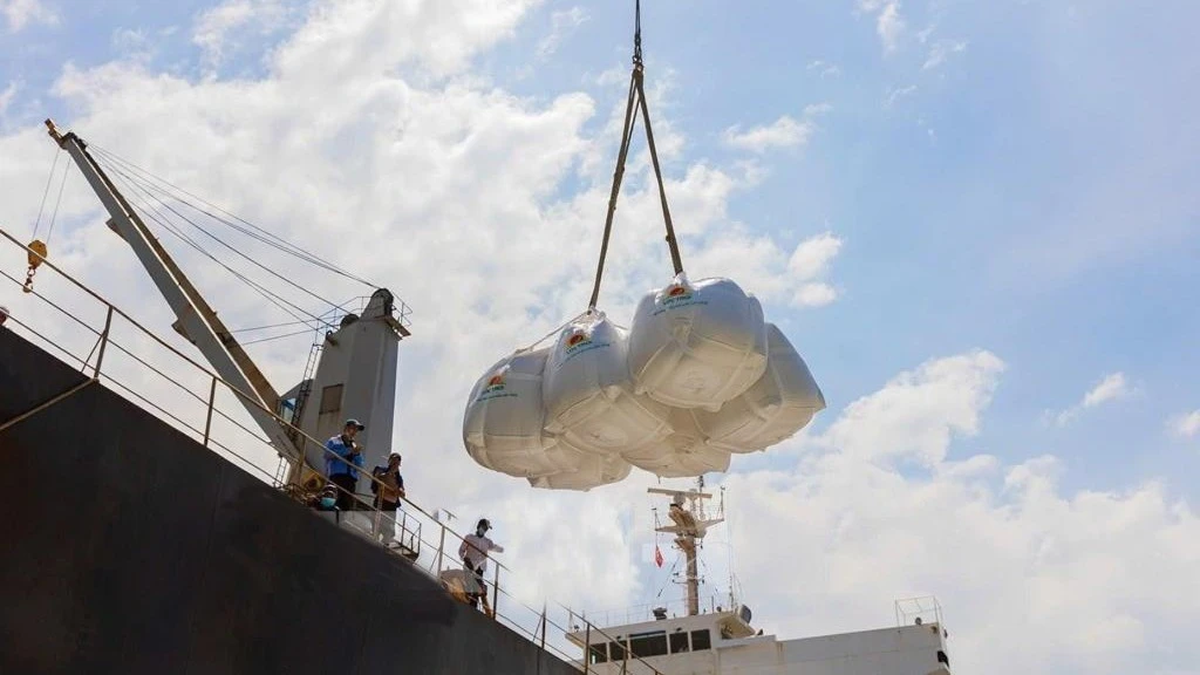



















































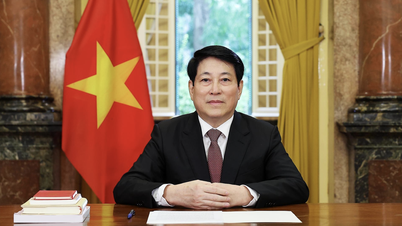



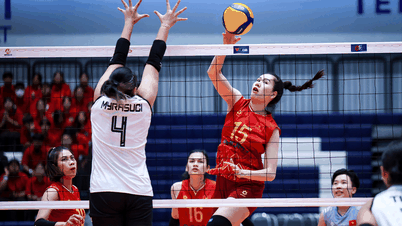
































Comment (0)